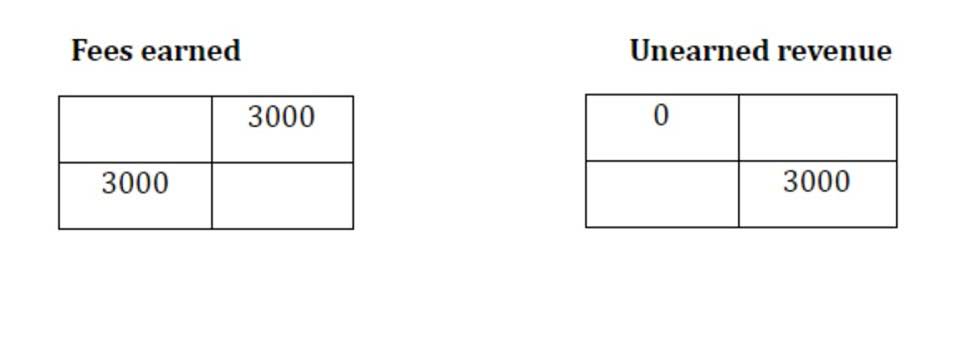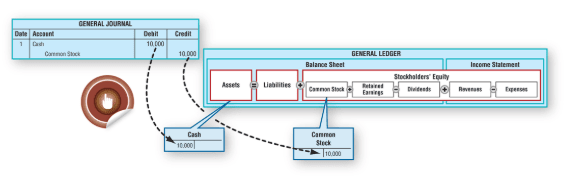
Because LIFO expenses newer, higher-cost inventory first, it provides a more realistic view of current expenses. This method helps businesses align rising material costs with revenue from sales, giving a more accurate reflection of profitability during inflationary periods. Their choice of inventory management/valuation method will impact the reported profitability, income taxes, and balance sheet values. This example highlights how LIFO results in higher costs and lower reported profits, particularly during periods rising prices, making it a common choice for businesses looking to reduce taxable income. Implementing https://www.bookstime.com/articles/how-to-balance-your-purchase-ledger the right inventory valuation method is not just about compliance; it’s a strategic decision that impacts your profitability and financial planning.
What Types of Companies Often Use FIFO?
Businesses usually sell off the oldest items left in the inventory as they might become how to calculate fifo and lifo obsolete if not sold further. If you want to have an accurate figure about your inventory then FIFO is the better method. Using the FIFO method, they would look at how much each item cost them to produce.
Ending inventory formula for LIFO
Inventory trial balance managers must weigh these aspects carefully to make decisions that serve both operational efficiency and their company’s bottom line. FIFO is compliant with both GAAP and IFRS, making it widely accepted internationally. Let’s go over how LIFO and FIFO would change financial recording for the same inventory. 10 affordable CMMS software for SMBs and mid-market teams to compare features, pricing, and see why Tractian is built for real maintenance work. The choice between FIFO or LIFO influences everything from how spare parts are used to how financial resources are allocated for repairs and replacements. Without proper oversight, LIFO can lead to inefficiencies in warehouse operations and difficulty managing stock rotation.
- FIFO typically results in lower COGS and higher profits, leading to higher taxes when prices are rising.
- FIFO ensures higher profits and reflects accurate inventory value, while LIFO reduces tax liabilities in inflationary periods.
- Entering this data successfully will allow you to figure out the FIFO and LIFO values.
- Conversely, newer, typically higher-cost inventory remains on the balance sheet.
- The second way could be to adjust purchases and sales of inventory in the inventory ledger itself.
- As can be seen from above, the inventory cost under FIFO method relates to the cost of the latest purchases, i.e. $70.
- These tools are paramount in determining accurate financial metrics, ultimately guiding strategic decisions for inventory managers in the ever-dynamic market landscape.
How to Calculate FIFO and LIFO?
Adding the weighted price of the new products to that of the products in your warehouse and dividing by the total number of units. Selecting between FIFO, LIFO, and WAC depends on various factors, including the type of products you sell, your business location, and your financial goals. For instance, if you’re in a country that adheres to IFRS, LIFO won’t be an option. Similarly, if managing cash flow is your priority, understanding how each method affects tax liabilities is crucial. Beyond just tracking, intelligent inventory management simplifies maintenance workflows.
LIFO vs. FIFO vs. Weighted average cost
LIFO, however, is only allowed under GAAP and is prohibited by IFRS, meaning businesses using LIFO cannot comply with international financial reporting standards. Last-In, First-Out (LIFO) method is used to account for inventory that records the most recently produced items as sold first. Since under FIFO method inventory is stated at the latest purchase cost, this will result in valuation of inventory at price that is relatively close to its current market worth. FIFO helps minimize spoilage, waste, and quality issues, making it the standard choice for inventory management and financial reporting in the Food and Beverage sector. FIFO also generates higher reported profits during inflationary periods, which can be beneficial for attracting investors and securing financing. FIFO is the most commonly used inventory valuation method across industrial sectors where inventory needs to move in a natural order or where accuracy is a priority.

One is the standard way in which purchases during the period are adjusted for movements in inventory. The second way could be to adjust purchases and sales of inventory in the inventory ledger itself. The problem with this method is the need to measure value of sales every time a sale takes place (e.g. using FIFO, LIFO or AVCO methods).

As with FIFO, if the price to acquire the products in inventory fluctuates during the specific time period you are calculating COGS for, that has to be taken into account. First-In, First-Out (FIFO) method is an asset management and assessment method in which assets that are first produced or acquired are first sold, used, or disposed of. Geraldo Signorini is Tractian’s Global Head of Platform Implementation, leading the integration of innovative industrial solutions worldwide. With a strong background in reliability and asset management, he holds CAMA and CMRP certifications and serves as a Board Member at SMRP, contributing to the global maintenance community. Optimize your inventory tracking and keep your maintenance operations running smoothly.

Unlike FIFO, which maintains a natural inventory flow, LIFO emphasizes the importance of newer, higher-cost inventory in cost calculations. This approach has a direct impact on a company’s financial statements and tax obligations. FIFO bases COGS on older inventory costs, which may not accurately reflect the actual cost of replacing stock.
Ready to optimize your inventory management?
- Prices can change with inflation or deflation, but the inventory layers generally show recent prices.
- Under FIFO, the oldest, often cheaper, inventory is used first to calculate COGS.
- LIFO—last in, first out—assumes the most recent purchases are sold first, which can affect profit margins during inflationary times.
- This difference of influence between FIFO and LIFO is why aligning your maintenance strategy with your inventory is so important.
- This leads to higher reported profits, which can be beneficial for attracting investors or securing loans, as the business appears more profitable on financial statements.
- Two of the most common inventory valuation methods are FIFO (First In, First Out) and LIFO (Last In, First Out).
Big-box retailers, supermarkets, and wholesalers that keep large stocks of non-perishable goods sometimes utilize LIFO. This method helps counter increasing supplier costs by expensing the latest purchases first, which in turn lowers reported profits and tax obligations. This offers a financial benefit, particularly for companies aiming to lower their tax burden during inflationary periods.